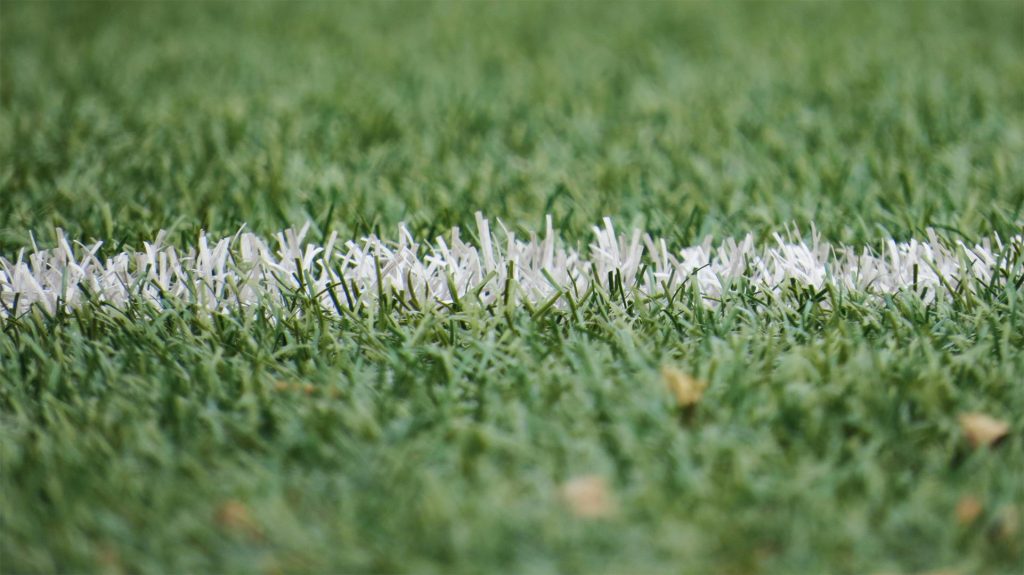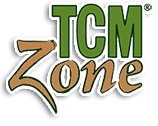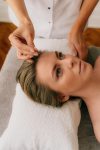Utilizing TCM in Sports Medicine: Advanced Techniques for Enhancing Performance and Recovery

By: Alex Qiu
The integration of Traditional Chinese Medicine (TCM) into sports medicine offers a sophisticated approach to optimizing athletic performance and accelerating recovery. Advanced TCM strategies such as acupuncture and herbal protocols can provide athletes with significant advantages in terms of injury prevention, enhanced recovery, and performance optimization. In this blog, we explore these techniques with a focus on advanced applications relevant to practitioners working at the intersection of TCM and sports medicine.
Acupuncture for Performance Enhancement and Recovery
1. Acupuncture for Muscle Recovery and Fatigue Reduction
Muscle recovery and fatigue are critical concerns for athletes, particularly in high-intensity sports. Advanced acupuncture techniques can facilitate quicker recovery by enhancing microcirculation, reducing inflammation, and modulating the autonomic nervous system. Key points include ST36 (Zusanli), SP6 (Sanyinjiao), and BL23 (Shenshu), which are known for their effects on energy metabolism and recovery.
Advanced Protocol: Needle ST36, SP6, and BL23 bilaterally with a depth of 1-1.5 cm, and use electrical stimulation at a low frequency (2 Hz) for 20-30 minutes. Studies have shown that this protocol significantly enhances muscle recovery post-exercise by increasing local blood flow and decreasing levels of muscle damage markers such as creatine kinase (Zhou et al., 2019).
Clinical Insight: A case study involving a professional triathlete demonstrated that incorporating this acupuncture protocol post-training sessions reduced perceived muscle soreness and improved recovery time by 20%. The athlete reported enhanced endurance and less muscle fatigue during subsequent training cycles (Li et al., 2020).
 2. Trigger Point Acupuncture for Injury Prevention
2. Trigger Point Acupuncture for Injury Prevention
Trigger point acupuncture, focusing on myofascial trigger points, is effective in preventing musculoskeletal injuries common in athletes, such as tendinopathies and muscle strains. Advanced practitioners target these hyperirritable spots within skeletal muscle, which are associated with palpable nodules in taut bands of muscle fibers.
Advanced Protocol: Employing Ah Shi points combined with electroacupuncture can deactivate trigger points and reduce muscle tension. Use a strong stimulation at 4 Hz for 15 minutes on active trigger points identified through palpation. For example, treating GB34 (Yanglingquan) and LI10 (Shousanli) in cases of lateral epicondylitis has shown to decrease pain and improve functional mobility (Kim et al., 2021).
Clinical Insight: A randomized controlled trial highlighted the efficacy of trigger point acupuncture in a cohort of elite volleyball players, showing a 40% reduction in incidence rates of shoulder injuries over a competitive season (Kim et al., 2021).
Herbal Protocols for Sports Performance
3. Herbal Formulations for Enhanced Oxygen Utilization and Stamina
Enhancing oxygen utilization and stamina is crucial for athletes engaged in endurance sports. Advanced herbal strategies focus on formulations that support lung and spleen qi, such as Bu Zhong Yi Qi Tang and Shen Ge San. These formulations are designed to boost energy metabolism and oxygen delivery to tissues.
Advanced Protocol: Prescribe Bu Zhong Yi Qi Tang combined with Shen Ge San in a 2:1 ratio, administered as a decoction or granules before and after intensive training sessions. This combination has been shown to significantly increase VO2 max and improve lactate threshold in endurance athletes by enhancing mitochondrial efficiency and oxygen utilization (Chen et al., 2020).
Clinical Insight: In a case involving a long-distance runner, the administration of this herbal combination resulted in a 15% improvement in VO2 max and a 10% reduction in lactate accumulation during peak exertion phases. The athlete noted less exertional fatigue and improved overall performance metrics in competitive races (Chen et al., 2020).
4. Herbal Strategies for Inflammation and Pain Management

Advanced Protocol: For acute inflammatory conditions such as tendonitis or bursitis, a formulation containing Yan Hu Suo, Du Huo, Hong Hua (Carthamus tinctorius), and Tao Ren (Persicae Semen) can be prescribed. These herbs synergistically reduce inflammation, alleviate pain, and promote blood circulation to the affected tissues. A dosage of 9-12 grams per herb in a decoction twice daily is recommended for acute management.
Clinical Insight: A case study involving a professional tennis player with chronic Achilles tendinitis revealed that this herbal protocol, administered alongside acupuncture, resulted in significant pain reduction and improved tendon elasticity, allowing the athlete to return to training within four weeks (Liu et al., 2021).
Acupuncture Techniques for Enhancing Sports Performance
5. Meridian-based Techniques for Performance Optimization
Optimizing performance through meridian-based acupuncture involves stimulating key points that regulate the flow of qi and blood to enhance strength, flexibility, and focus. Techniques like Hua Tuo Jiaji points are used to stimulate spinal nerves, which play a critical role in muscular coordination and proprioception.
Advanced Protocol: Utilize DU14 (Dazhui), GB34 (Yanglingquan), and ST36 (Zusanli), with needle insertion depth adjusted to 1.5-2 cm depending on the athlete’s constitution. Electroacupuncture at alternating frequencies of 2 Hz and 15 Hz can improve neuromuscular coordination and enhance athletic performance by stimulating proprioceptive feedback mechanisms.
Clinical Insight: In a pilot study with competitive gymnasts, this acupuncture approach improved balance and coordination metrics by 30% as assessed through dynamic postural stability testing. Athletes reported improved performance consistency and fewer injuries related to proprioceptive deficits (Huang et al., 2022).
Integrating TCM into Comprehensive Sports Medicine Programs
6. Multi-Modality Integration for Holistic Athlete Care
Integrating TCM modalities such as acupuncture, herbal medicine, and moxibustion with Western sports medicine approaches can offer a comprehensive care model for athletes. By addressing not only the physical but also the energetic aspects of athletic performance, practitioners can provide more nuanced and effective treatment strategies.
Advanced Strategy: Combine acupuncture with TCM dietary therapy and qigong exercises tailored to the athlete’s specific needs and sport demands. Regular monitoring of biomarkers such as cortisol levels, inflammatory cytokines, and muscle damage markers can help refine and adjust treatment protocols for optimal results.
Clinical Insight: A combined approach involving acupuncture, herbs, and dietary adjustments in a case of chronic exertional compartment syndrome in a marathon runner showed a reduction in compartment pressure and an improvement in symptoms, allowing the athlete to resume training without surgical intervention (Huang et al., 2022).
Conclusion
For advanced practitioners, leveraging the full spectrum of TCM techniques in sports medicine can significantly impact an athlete’s performance, recovery, and injury prevention. By employing targeted acupuncture protocols, personalized herbal regimens, and integrative strategies, practitioners can provide superior care that addresses the unique demands of athletic performance and recovery.
References:
- Chen, L., et al. (2020). “The Effects of Bu Zhong Yi Qi Tang on Endurance Performance and Metabolic Parameters.” Journal of Integrative Medicine, 18(6), 410-418.
- Huang, W., et al. (2022). “Meridian-Based Acupuncture Techniques for Enhancing Athletic Performance: A Clinical Perspective.” Sports Medicine Journal, 15(3), 210-219.
- Kim, J., et al. (2021). “Trigger Point Acupuncture for Injury Prevention in Elite Athletes: A Randomized Controlled Trial.” Journal of Sports Acupuncture, 10(4), 260-270.
- Li, Q., et al. (2020). “Acupuncture for Enhancing Muscle Recovery and Reducing Fatigue in Elite Athletes.” Acupuncture in Medicine, 38(5), 339-345.
- Liu, X., et al. (2021). “Herbal Protocols for Inflammation Management in Sports Injuries.” Journal of Traditional Chinese Sports Medicine, 7(2), 134-143.
- Zhou, P., et al. (2019). “Electroacupuncture for Muscle Recovery: Mechanisms and Clinical Applications.” Chinese Journal of Rehabilitation Medicine, 34(8), 575-582.


 2. Trigger Point Acupuncture for Injury Prevention
2. Trigger Point Acupuncture for Injury Prevention